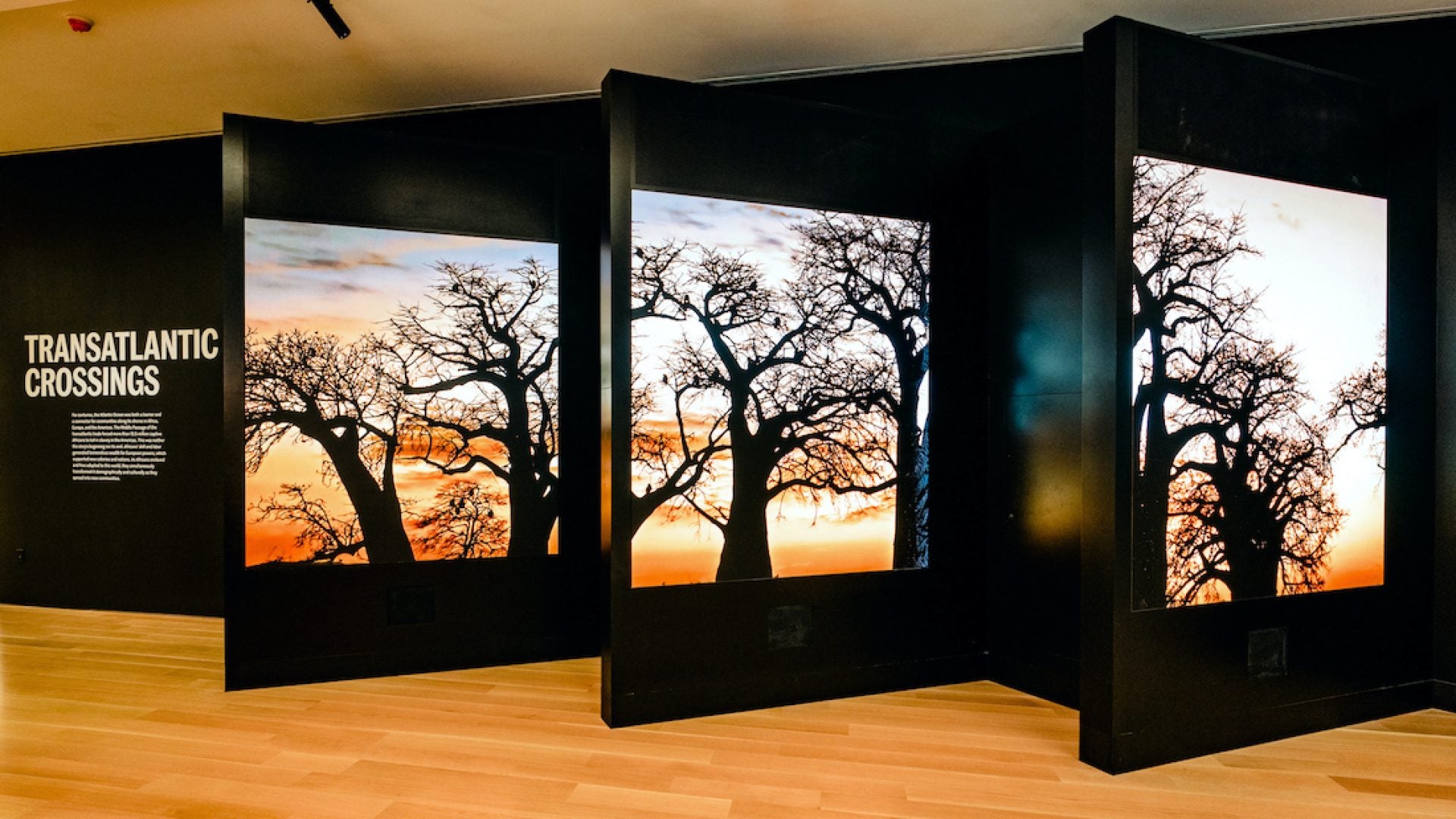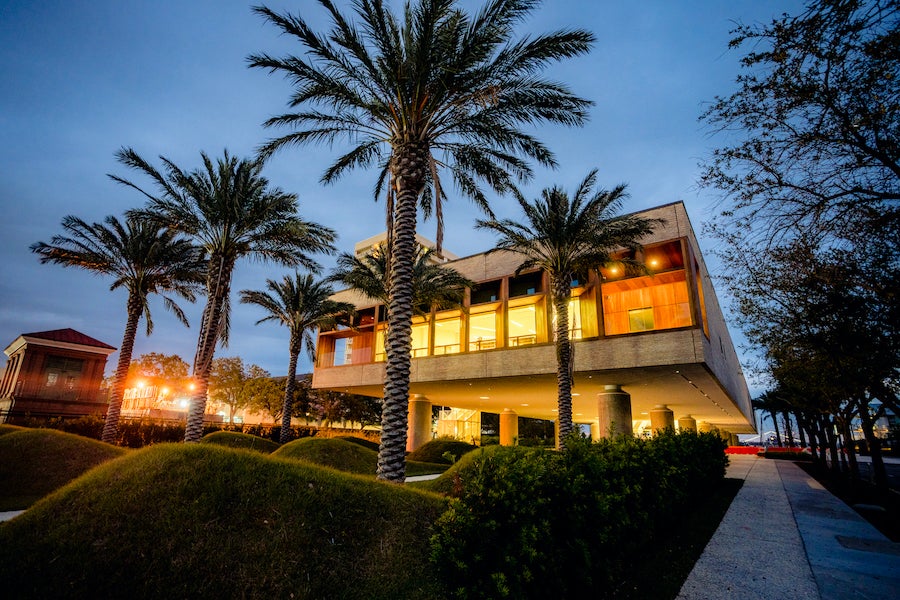
The long-awaited International African American Museum (IAAM) in Charleston, South Carolina, will finally open on June 27, 2023. The announcement comes after over two decades of planning, fundraising and construction efforts for the $120 million project.
Initially scheduled for Jan. 21, the museum’s opening was delayed due to issues with humidity and temperature levels in the new building, but officials say those issues have now been resolved.
“The African American journey is far longer than the 20 years it took to build this museum and we are humbly proud to step up and play our part in this story. It is time,” says Dr. Tonya Matthews, president and CEO of IAAM.
The new museum opening date is set just in time to commemorate Juneteenth and to honor the museum’s mission of telling untold stories of the African American journey.

More than 700 artifacts from the 17th century to the present day will be on display when the museum opens, along with 1,000 pieces from its image and media collections. These items are meant to help to connect the African American experience to its roots and make connections to African and African Diaspora communities and cultures.
“It’s weaving in what I think is one of the greatest gifts of the African American Journey of our spirit, which is our ability to simultaneously hold the sensations of trauma and joy,” Dr. Matthews tells ESSENCE.
Some of the museum’s highlights include the African Ancestors Memorial Gallery, Transatlantic Experiences Gallery and The Center For Family History, described as a world-class genealogy and ancestry resource center and hosting genealogy classes since 2020.
Dr. Matthews says a journey through the museum will include stories of The Middle Passage, enslaved people and destroyed communities. But visitors will also see and immerse themselves in Black joy, achievement and innovation.
“I think one of the things that will grab folks’ attention is the way we’re really intentional about trying to give everything full context,” she says. “We’re also being deliberate and intentional about driving the story of Black women and Black womanhood through the museum as well.”
The museum sits on the site where the former slave trading port, Gadsden’s Wharf once stood, overlooking Charleston Harbor. It’s where many enslaved Africans entered the United States.”It’s amazing for the museum to have the opportunity to reclaim that space and to be able to tell the kinds of stories that we’re going to be telling at the museum right there,” says Dr. Matthews.





